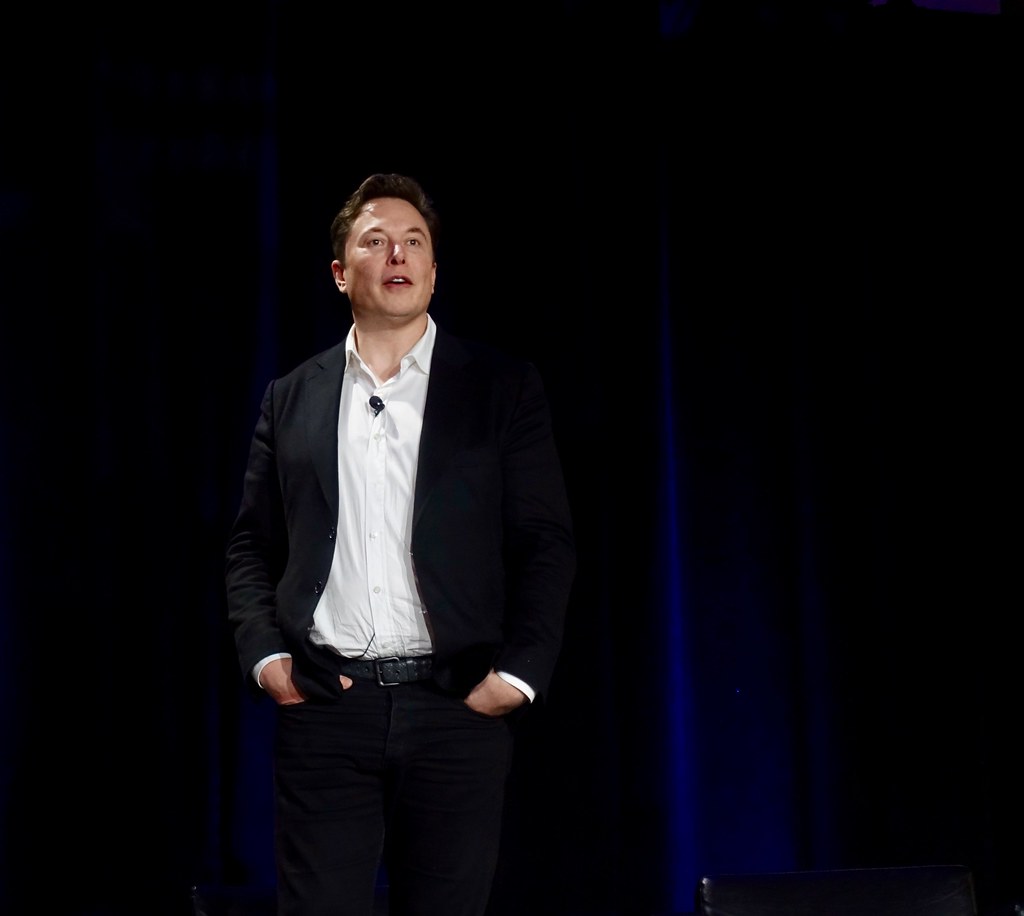
The Spark That Ignited the Fire (Image Credits: Pixabay)
New York City – Tension filled the air during the latest mayoral debate as candidates laid out their visions for tackling urban challenges, with spotlights cutting through the crowded hall like spotlights on a high-stakes drama.
The Spark That Ignited the Fire
Picture this: a packed debate hall where every word could swing votes in one of the nation’s most intense races. Zohran Mamdani, the rising Democratic socialist, and Andrew Cuomo, the seasoned ex-governor, didn’t hold back when the topic turned to Donald Trump. Their exchanges weren’t just polite policy talk; they revealed deep divides on how to protect New York from federal pressures, especially on crime.
Crime has long been a flashpoint in NYC politics, with residents craving safer streets amid rising concerns. Mamdani, polling strong among younger voters, positioned himself as pragmatic, while Cuomo leaned into his tough-on-crime legacy. This clash set the tone for a night full of bold promises and sharp jabs.
Yet, both agreed on one thing: New York can’t afford to go it alone if Trump returns to the White House. Their strategies, though, couldn’t be more different.
Mamdani’s Willingness to Collaborate
Zohran Mamdani surprised some by saying he’d reach across the aisle to Trump if it meant real gains for New Yorkers. He focused on practical outcomes, like using federal resources to bolster community programs that address crime’s root causes. For Mamdani, working with Trump isn’t about ideology; it’s about delivering results on the ground.
During the debate, he highlighted how partnerships could fund more mental health initiatives and youth outreach, which he argues prevent crime better than just adding police. Critics call this naive, but Mamdani sees it as smart politics in a divided era. His base loves the fresh approach, seeing it as a break from old-school partisanship.
Still, he drew a line: any deal must prioritize New York’s values, not bend to extreme agendas. This balanced stance has energized supporters who want a mayor unafraid to negotiate.
Cuomo’s Promise to Push Back Hard
Andrew Cuomo took a fiercer tack, vowing to battle Trump at every turn if the former president targets New York. Drawing from his years in Albany, Cuomo painted himself as the ultimate defender, ready to sue or rally allies to shield the city. On crime, he emphasized his past successes, like stricter gun laws that he credits for safer streets.
He argued that Trump’s style – often at odds with blue states – could worsen divides, making federal aid for crime-fighting tougher to secure. Cuomo’s plan? Build coalitions within the Democratic Party and leverage his connections to outmaneuver any threats. It’s a combative vision that resonates with those wary of federal overreach.
However, even Cuomo admitted selective cooperation might be needed, like on shared goals such as border security impacting urban crime. His experience gives him an edge here, but it risks alienating voters tired of endless fights.
Crime Policies Under the Microscope
The debate dove deep into specifics, with crime emerging as a core battleground. Mamdani pushed for reallocating funds from traditional policing to social services, citing data showing community investments reduce recidivism. He wants federal dollars under Trump to expand these efforts, turning potential adversaries into unlikely partners.
Cuomo countered with a call for more cops and tougher sentencing, pointing to drops in shootings during his tenure. He warned that Mamdani’s ideas could embolden criminals, especially if Trump withholds support. Both candidates stressed the need for state-federal alignment, but their paths diverged sharply on enforcement versus prevention.
Interestingly, they both nodded to bipartisan crime bills from the past, suggesting room for overlap. New Yorkers watching at home were left pondering: cooperation or confrontation?
What Federal Involvement Means for NYC Streets
Trump’s potential return looms large over city budgets, with threats to cut funding if policies clash. On crime, this could mean less money for programs like violence interrupters or precinct upgrades. Mamdani envisions negotiating for grants tied to his holistic approach, while Cuomo prepares for legal showdowns to protect existing funds.
Experts note that past administrations have funneled billions to urban areas for anti-crime tech and training. If Mamdani’s olive branch works, NYC might see innovative pilots; if Cuomo’s resistance holds, it could rally national support but strain resources short-term.
Either way, the stakes are high. Safer subways and neighborhoods depend on navigating this federal tightrope without losing ground.
Comparing Their Visions Side by Side
To make sense of it all, let’s break down their stances in a quick comparison.
| Aspect | Mamdani’s View | Cuomo’s View |
|---|---|---|
| Approach to Trump | Selective partnership for mutual benefits | Aggressive defense and limited engagement |
| Crime Focus | Prevention through social programs | Enforcement with more resources for police |
| Federal Funding | Negotiate for community initiatives | Fight cuts through lawsuits and alliances |
This table highlights the contrasts, but also the shared goal of stronger NYC security. Voters will decide which resonates more in these uncertain times.
Key Takeaways:
- Mamdani bets on diplomacy to unlock federal aid for root-cause crime fixes.
- Cuomo’s battle-ready style draws on his track record of standing up to Washington.
- Both stress New York’s autonomy, but their methods could shape the city’s future differently.
As the mayoral race heats up, one thing’s clear: handling Trump will test the next leader’s mettle on crime and beyond. New York deserves a strategy that keeps streets safe without selling out its spirit. What do you think – team up or fight back? Share your take in the comments.







